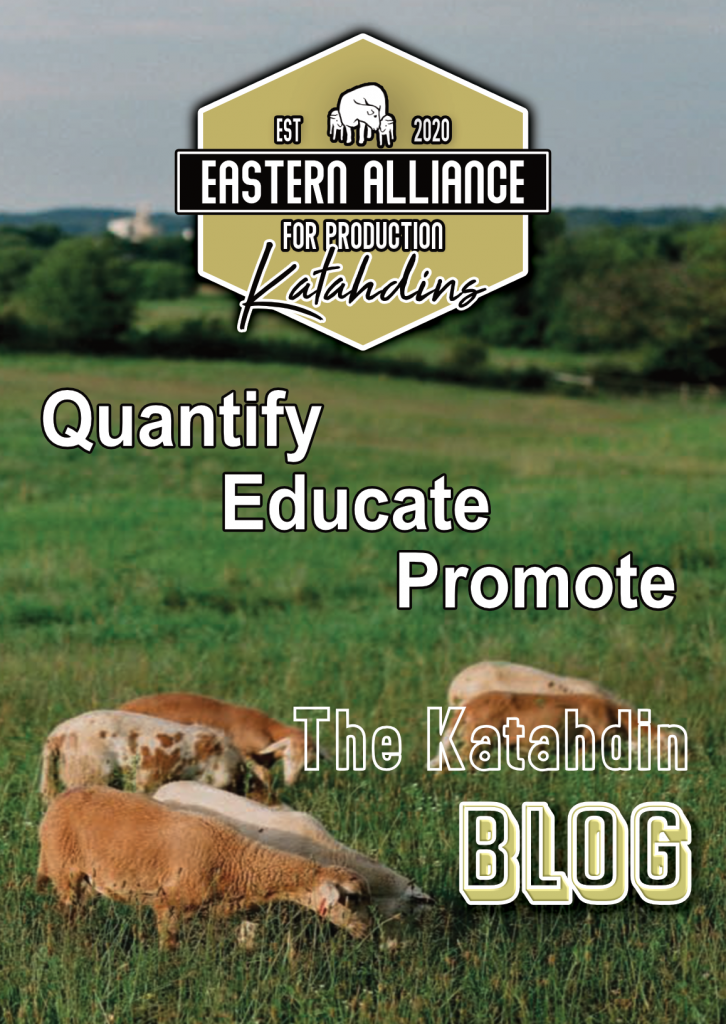Three Common Genetic Defects to Look for when Buying or Selling Sheep
As the 4th Annual EAPK sale approaches, we’re expecting some very high quality Katahdins available for purchase in our unique sale format. This hybrid sale gives eligible consignors the option to either physically bring their animals to the EAPK Symposium & Sale or consign them to the online sale only.


